Madness in Art: A Powerful Connection
Madness and art have long shared a profound and powerful connection, where the boundaries between genius and instability often blur. Many acclaimed...
Maya M. Tola 28 October 2024
Jasmin Hernandez’s debut publication, We Are Here – Visionaries of Color Transforming the Art World features a dynamic group of artists and art professionals – BIWOC, BIPOC, and QTPOC – who have established prominent careers mainly in and around New York City and Los Angeles. Hernandez’s website Gallery Gurls, created in 2012, serves as the foundation for We Are Here. Gallery Gurls has capitalized on the potential of the Internet and social media to expand Hernandez’s network and for her to cultivate a loose-knit art community not bound by the elitism of art world institutions. Hernandez and the visionaries featured in We Are Here are at the forefront of critical conversations driving the contemporary art scene forward. They are clearing the path for the circumvention of institutional practices that are racist, elitist, and obsolete.
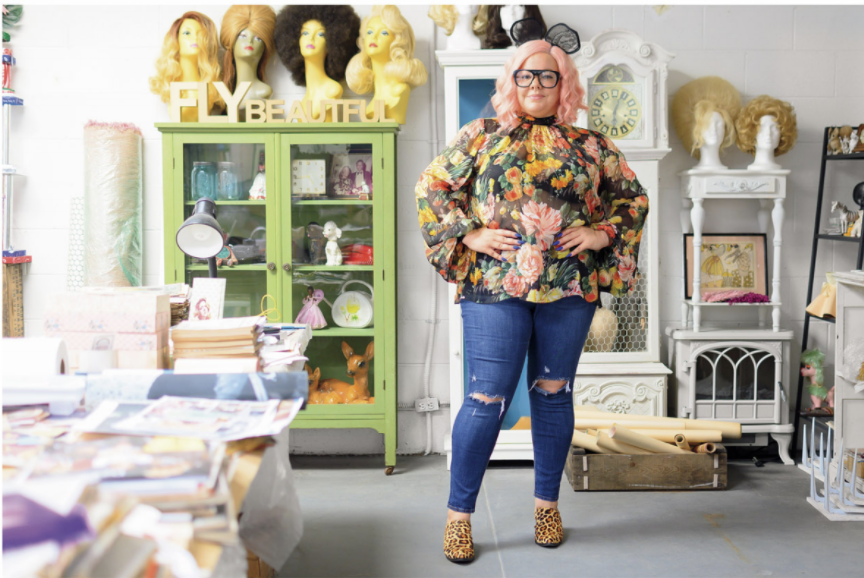
We Are Here is a collection of fifty thought-provoking profiles that are comprised of a series of photographs and responses to carefully chosen questions supplied to each participant by the author. Certain questions are repeated across the group that result in a range of responses illuminating prominent themes running throughout this book. These themes tap into relevant discussions around the impact of the Internet and social media on one’s professional advancement, how one would define their success in today’s terms, and individual interpretations and expectations of the art world.
The author demonstrates a distinct familiarity with each participant through additional questions that delve further into the specificities of each person’s practice. These conversations are authentic and come together as a compilation of independent thought and ideas that defy a generic survey of artists and art professionals. These are not discussions that could be described as from the outside looking in but as those that disrupt the center – the institutional and formal understandings of the art world – and evolve into spaces that are equipped to be inclusive. We Are Here is a survey that shines a spotlight on individuals who are representative of the historically underrepresented, marginal and invisible.
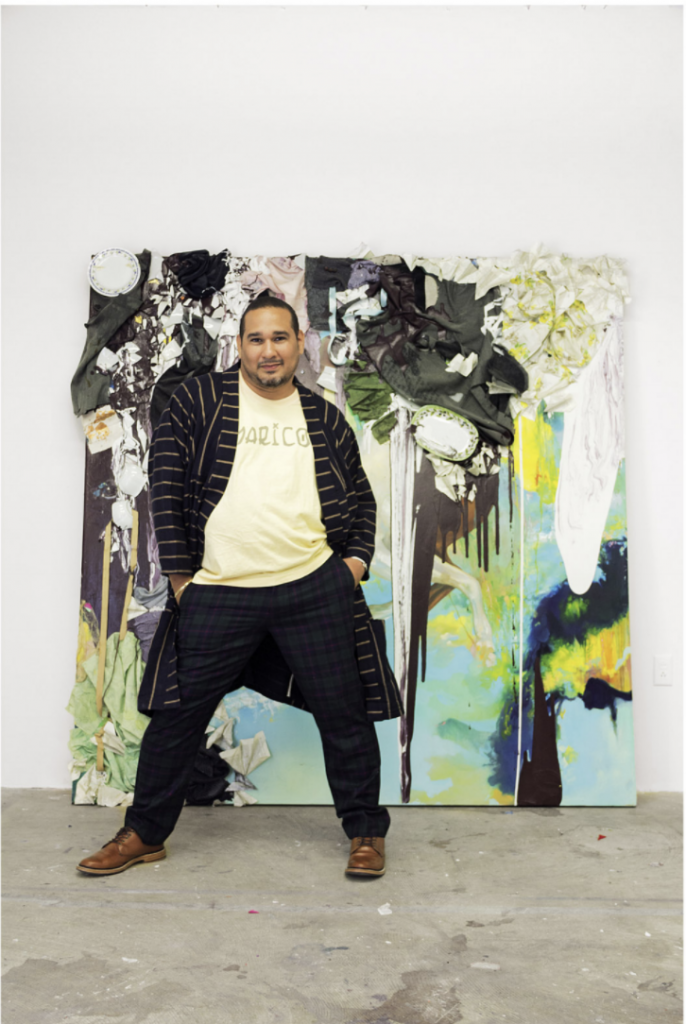
We Are Here squarely places artists and art workers who are BIWOC (Black, Indigenous, and Women of Color), BIPOC (Black, Indigenous, and People of Color) and QTBIPOC (Queer & Trans, Black, Indigenous, and People of Color) at the center. Artistic practices range from the ethereal paintings of Hiba Schabaz to a photography practice rooted in the traumatic history of slavery in the United States by Nona Faustine. Performance is the expression of choice for artists Ayana Evans and Untitled Queen who also works with installation and sculpture. The practices represent a broad spectrum of approaches that draw upon diverse sources and experiences and pack the pages of this book with pleasurable experience for the reader.
The inclusion of art professionals highlights those who hold influential positions within and around art institutions such as Erin Christovale, Associate Curator at UCLA’s Hammer Museum and Co-founder of Black Radical Imagination, and Rick Garzon, Founder and Director of Residency Art Gallery in Los Angeles. Making moves on the East coast are Joeonna Bellorado-Samuels, Gallery Director at Jack Shainman Gallery and founder of We Buy Gold, and Jasmine Wahi, Founder and Curator of Project for Empty Space and Holly Block, Social Justice Curator for the Bronx Museum. The tireless efforts of these and others are indicative of many forging new pathways and platforms.
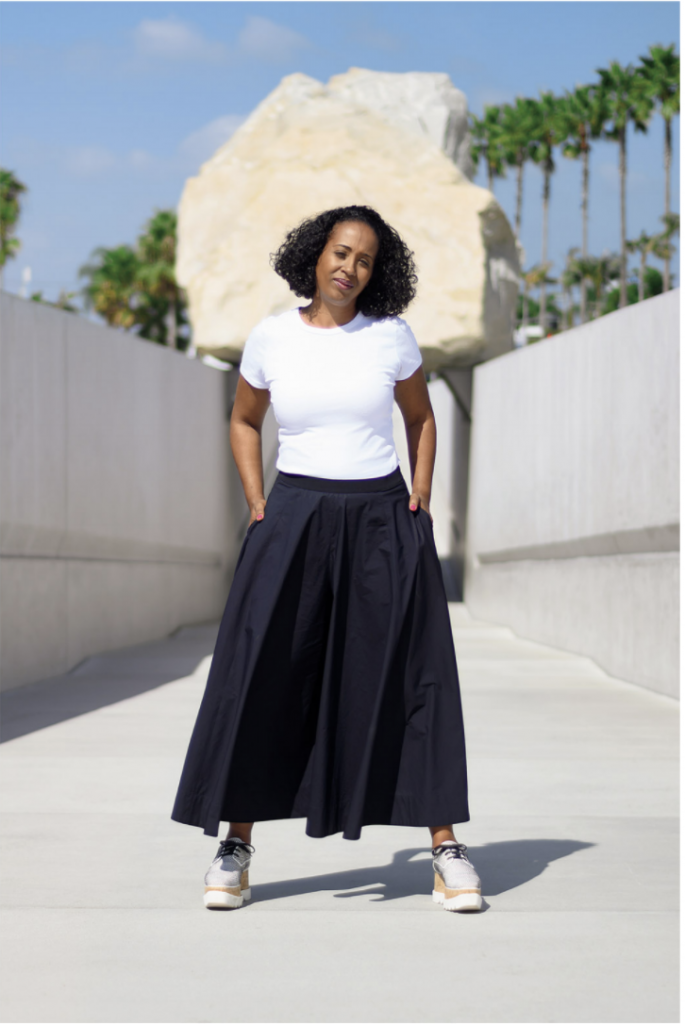
The concept of the “art world” is complicated and is oftentimes thought of as an elite space. The art world as it exists today is an increasingly broad network of artists, museums, commercial art galleries, non-profit art galleries, auction houses, art journals and magazines, curators, critics, collectors and numerous other art professionals.
At the turn of the century, the potential of the Internet began to be realized and over the past two decades the art world has expanded and taken on new forms across the world wide web and in real life. The Internet introduced radical opportunities for the underrepresented to be heard and seen. Websites, social media sites such as Instagram, the proliferation of podcasts and online galleries and artist portfolios, have accelerated the possibilities for advancement across the art world.
With websites such as Gallery Gurls, Hernandez has built her own platform to support artists and talk about art on her own terms. The group of individuals featured in We Are Here have achieved professional success, a concept that the participants are asked to quantify. The responses vary but many attribute social media and the Internet as providing new pathways towards finding new and expansive audiences that would not have been possible if one had relied on traditional outlets.
The author asked many of the participants to contemplate their exposure to art and the formal institutions of art during their youth and the responses were varied, however, the general consensus was that the majority were exposed to art through informal, unconventional and everyday experiences. Not all of the journeys to the present have followed traditional academic channels, pathways that have not hindered access to opportunities for professional advancement.
The impact of each participant’s practice and the future of the art world is taken into consideration throughout with many feeling hopeful that their visibility, involvement, and actions are signs of progress. The arrival of this publication at this moment in time is evidence that changes are happening from within communities that have been marginalized and by many who do not originate from academic or institutional positions of privilege.
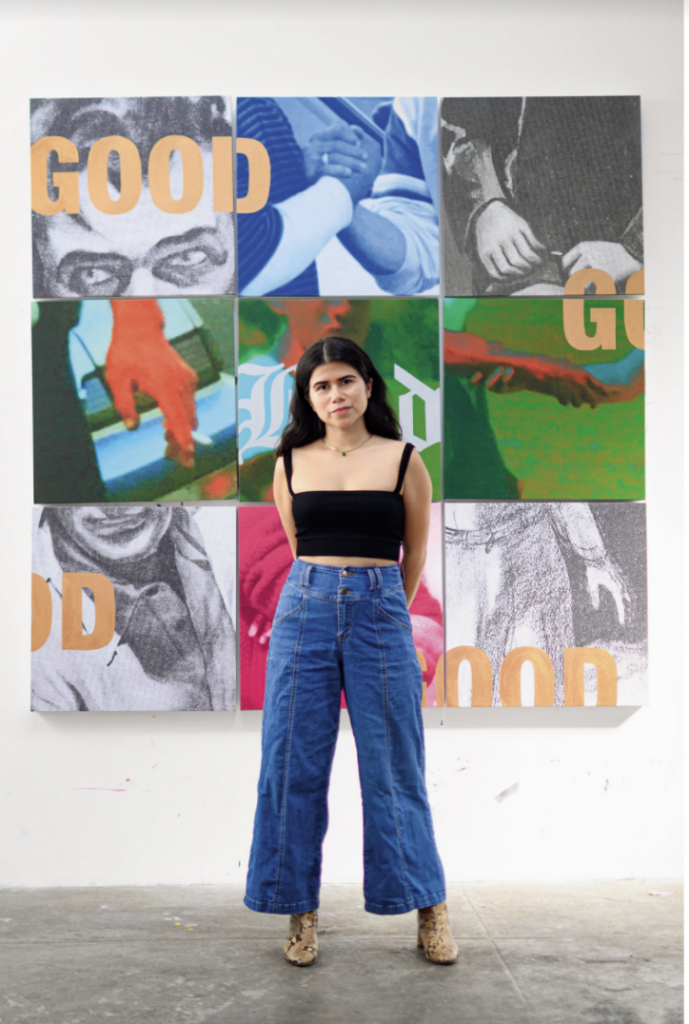
As I read your book, I got the impression that these interviews took place before Covid and the resurgence of the BLM movement over the summer. Am I correct?
Yes, you are correct! The book was pitched to publishers in late 2018, and Abrams acquired the title in early 2019. I spent the summer and fall of 2019 working with two photographers, Sunny Leerasanthanah (East Coast) and Jasmine Durhal (West Coast) who shot the 50 subjects, as I wrote the entire book. I feel like higher forces allowed this book to come out into the world in early 2021. The content is obviously still incredibly relevant, since rooting out white supremacy in gallery and museum spaces (and on a global level, let’s be real…) is a lifelong, ongoing, conversation. I kept the tone of the book joyful, universal, and honed in on specificities of each subject. It was critical that the questions and their answers felt timeless.
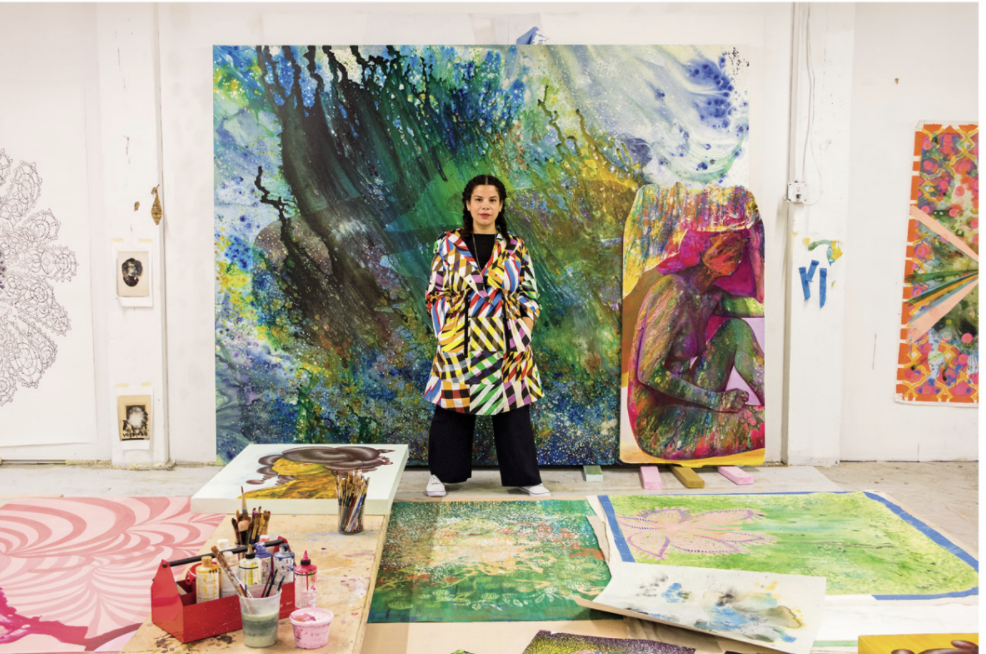
In your opinion, given what I observed as a major shift in consciousness and awareness across art institutions since the summer of 2020, can you share how you feel the “art world” has even more potential to change for the better or worse with an emphasis on the events of the past year?
It may feel like progress is happening, and in some ways it is. Black womxn are being given very high-profile appointments at major institutions, more and more Black artists are selling well at top art auctions, they’re appearing on covers of mainstream publications, they’re participating in shaping contemporary pop culture, and documentaries like HBO Max’s Black Art: In the Absence of Light provide major visibility of Black artists’ and curators’ powerful contributions over the decades to the US art canon. Yet, in 2021, you still have museum directors, like Charles Venable, having to step down for allowing a job posting to state how Newfields wants to keep its “core white audience.” Unapologetic and bold Black womxn curators like Dr. Kelli Morgan and Chaédria LaBouvier are key examples of Black museum workers who perform the exhaustive work of holding these violent art spaces accountable. I salute them. They stand on the shoulders of hundreds of Black art workers who’ve come before them and have been invisibilized. These are long-term conversations. Very, very, long-term conversations. I don’t think museums “changed overnight” because of the racial uprisings of the summer of 2020, I think more of their toxic and racist practices have become more public. As BIPOC art workers and artists, we’re working in solidarity and leverage our social media skills to amplify accountability.
Do you feel that institutions are catching up with the dialogues and creativity happening across social media where one can bypass traditional gatekeepers?
Some are, some aren’t. Many institutions are hiring and partnering with Black and POC creatives for clout, to look “woke”, and to seem intersectional. It’s hypocritical and usually very messy behind the scenes. Hiring young Black and POC museum directors/curators/art workers to seem “relevant” is a temporary band-aid to deeper issues of white supremacy, underpaying/undervaluing Black and POC staff, not exhibiting enough Black and POC artists, not having enough Black and POC board members. Some are deeply invested, some are getting it right, some are progressive and committed. But I’m less invested in museums and cultural spaces that are “waking up“ and starting to “get it”. I’m more invested in Black and POC-run art collectives, art orgs, museums, nomadic galleries, and other experimental art spaces. We don’t need validation from white art spaces that never include us anyway, or do so for the sake of appearances.
How do you feel that Gallery Gurls has changed the art world over the past nine years? Can you see the impact of your prodigious output?
I have longevity and consistency, I always keep going. Becoming a published debut author is a big step in the Gallery Gurls journey. I think simply by just being and existing as an Afro-Dominican American art writer who looks like me, speaks like me, and navigates the art world like me, and comes from zero privilege can maybe inspire fellow and younger Black, Black Latinx, and other POC folx seeking entry into art. My brand is free from art world politics, restraints, token respectability, and it’s not interested in academia.
Finally, to borrow one of your questions, when did you know that you finally made it?
I’m still trying to get there. I’ve only just started. I have such a long way to go.
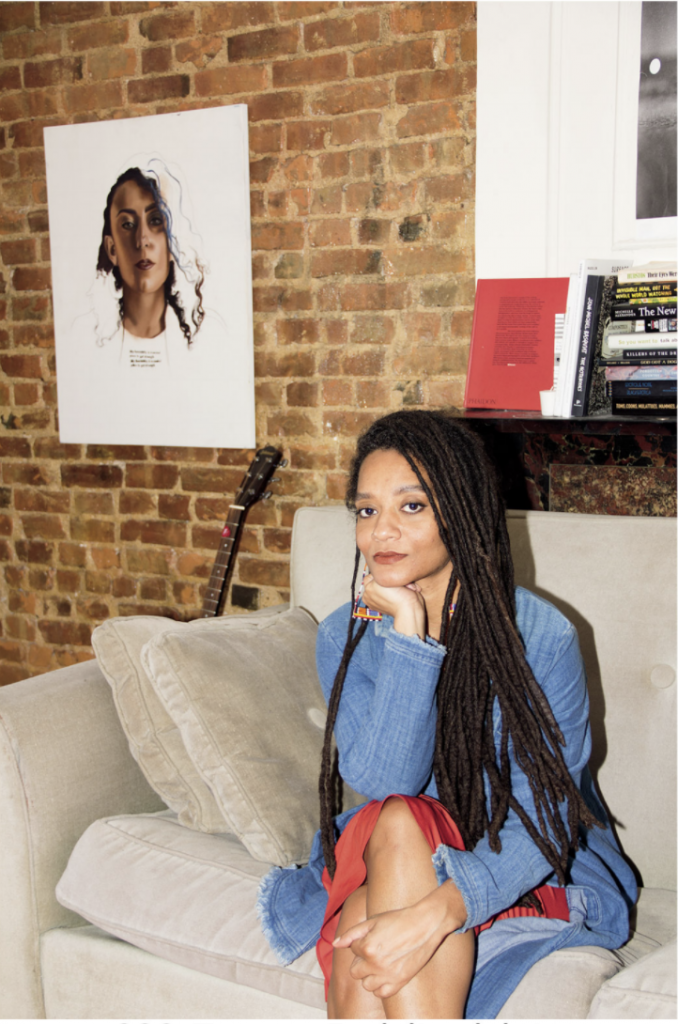
We Are Here is a valuable catalogue of influential figures in and around the two major art centers of the United States. In short, the pages of this book are filled with moments of discovery. This book was an introduction to many artists and professionals that had not been on my radar. It was only natural to go online, learn more and tap into the rich networks of creativity that are happening online and in real life.
Finally, if I could describe this book in three words, I would state the following: refreshing, groundbreaking and colorful.
DailyArt Magazine needs your support. Every contribution, however big or small, is very valuable for our future. Thanks to it, we will be able to sustain and grow the Magazine. Thank you for your help!